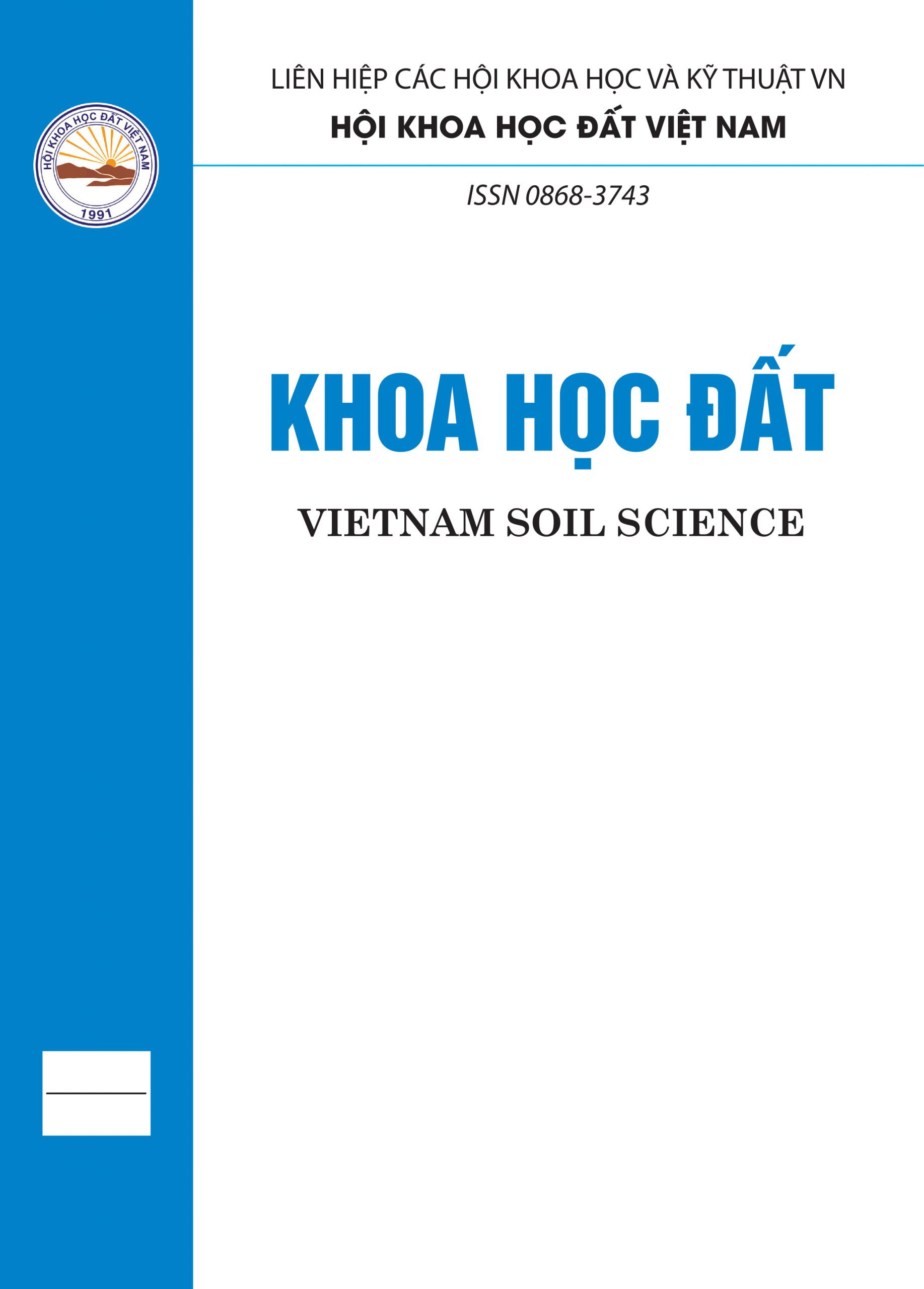Nguyễn Xuân Hoà, Lê Thị Thu Hường
Học viện Nông nghiệp Việt Nam, Email: nxhoa@vnua.edu.vn
TÓM TẮT
Từ những mẫu đã thu thập tại các ruộng lúa, nghiên cứu đã phân lập và làm thuần được 7 chủng VKL có khả năng cố định nitơ bằng môi trường BG11 – N. Dựa vào quan sát hình thái sơ bộ định danh được 7 chủng VKL này thuộc 2 bộ (Chroococcales, Nostocales), bao gồm 4 chi (Anabaena, Nostoc, Hapalosiphon, Mastigocladus). 7 chủng VKL được sử dụng để đánh giá đặc tính sinh học trên các tiêu chí nhiệt độ, pH, kháng sinh. Từ đánh giá khả năng mọc ở các điều kiện nhiệt độ khác nhau, các chủng VKL thích hợp nhất ở khoảng nhiệt độ là từ 20 – 30o C. Tại thí nghiệm pH, 5/7 chủng VKL thích ứng được ở cả 5 điều kiện pH từ 4 – 8. Khoảng pH tối ưu cho các chủng VKL sinh trưởng, phát triển là pH 6 – 7. Thí nghiệm đánh giá khả năng kháng kháng sinh cho thấy 5/7 chủng VKL kháng được mức nồng độ kháng sinh cao và các chủng sinh trưởng, phát triển tốt nhất trong khoảng kháng sinh từ 300 – 500 mg/l. Chủng VKL3 được chọn để làm giống sản xuất phân bón sinh học, có tiềm năng ứng dụng cho sản xuất lúa trong nhiều điều kiện môi trường.
Từ khoá: Phân lập vi khuẩn lam, cố định nitơ, sản xuất lúa, phân bón sinh học.
Isolation, selection of cyanobacterial species owning the capability of nitrogen fixation to produce biological fertilizer for rice production
Nguyen Xuan Hoa, Le Thi Thu Huong
Vietnam National University of Agriculture
SUMMARY
From the samples collected in rice fields, the research has isolated and purified seven cyanobacteria strains owning the capability of nitrogen fixation by BG11 – N medium. Based on the preliminary morphological observations, these seven cyanobacteria strains belong to 2 orders (Chroococcales, Nostocales), including 4 genera (Anabaena, Nostoc, Hapalosiphon, Mastigocladus). These seven cyanobacteria strains were used to assess biological properties based on the criteria of temperature, pH, and the resistance to antibiotics. From assessing the ability to grow at different temperature conditions, the best temperature range of cyanobacteria strains is from 20 to 30 degree was defined. For the pH experiment, 5 cyanobacteria strains were adaptable to all pH conditions from 4 to 8. The optimal pH range for cyanobacteria strains to grow was from pH 6 to 7. Results of assessing the resistance to antibiotics showed that 5 strains were resistant to high levels of antibiotic concentration and these strains have the best growth ranging from 300 to 500 mg per medium liter. From the mentioned assessments, the strain VKL3 was selected for keeping and culturing for studying the bio – fertilizer production, with potential to be applied to rice production with variety environmental conditions.
Keywords: Isolation cyanobacteria, nitrogen – fixing, rice production, bio – fertilizer.
Người phản biện: TS. Bùi Huy Hiền
Email: buihuyhien@gmail.com
Ngày nhận bài: 8/3/2020
Ngày thông qua phản biện: 18/3/2020
Ngày duyệt đăng: 19/3/2020
 Tạp chí
Tạp chí





